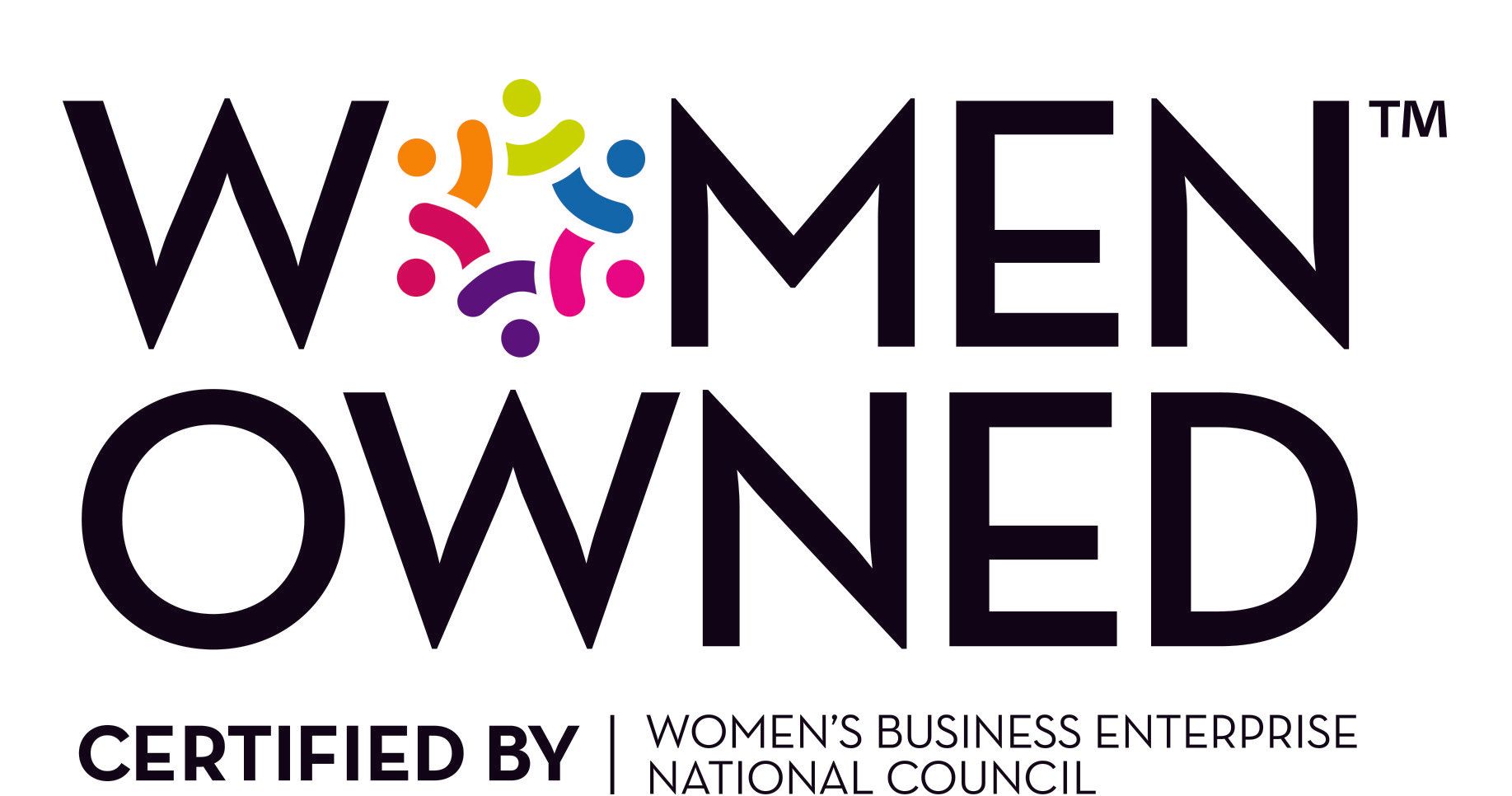Who’s Your Recruiter
For as long as anyone can remember, companies and organizations relied on trusted sources of candidates in the form of in-house recruiters, newspaper ads, job fairs, employee referrals, industry associations, or personal networks.
The candidate-driven marketplace has changed the way businesses recruit employees. Recruiting has become high tech specifically on the front-end of the process. Automating tasks like research, sourcing, and screening questions help those in talent acquisition by streamlining the number of potential matches to a job description. Companies embracing new technologies are able to cast the widest net possible.
Social networks, online marketplaces, and artificial intelligence are used frequently today as a part of the recruiting landscape. During TV shows and sporting events, the major players in this market are spending millions of dollars to make their job search and candidate-targeting tools known. According to the ads, these players will vet candidates for you in seemingly the click of a button. However, we have not found an electronic solution to replace human interaction and assessing the fit with the culture and the organization.
The “push-button” solution will not be available tomorrow, but new technologies are making some aspects of this hiring thing easier. Still there is a challenge to get the right feet in the right seats, and that’s a problem.
Artificial Intelligence (AI)
Thanks to the wonders of the internet, job seekers and job posters unite in social networks. Because of AI, it becomes easier for each of the networks to trace your search history and interactions, and then generate algorithms to direct you to particular avenues. In recruiting, most of the avenues you are shown, in the form of jobs or companies, have invested advertising dollars to get space on your screen. While it might look like the right opportunity, companies have likely paid for a match to the user based on their activities. If you’re a job seeker, the risk and cost is relatively low. As a job poster or the hiring entity, the cost to post a job may be free but to truly utilize the AI and machine learning aspect of the technology, the associated investment is significant. Many of these solutions make it easy to upload job descriptions and then allow them to vet candidates based on a short list of qualifiers. Users find a combination of hard costs and associated investment is necessary for maximum reach and filter optimization. Investment dollars and time are spent to get the value from the data by evaluating and choosing the appropriate tool(s), learning and training, as well as customizing and refining fields for the data to be effective before getting to the human intelligence of interviewing and selection.
Human Interaction & Intelligence
Nothing can replace the expression on someone’s face, the tone of their voice, or the observation of body language. This applies to both candidate and interviewer. The personal exchange that happens when the applicant becomes more than the words on the resume and turns into a candidate is possible only through human interaction. It happens based on their presentation – how they showed up, answered questions, and built rapport. The interviewer does the same with the job description by bringing the role to life and presenting the company in a compelling manner with history, experience, and vision. This is where the magic of matching the candidate, company, and organization is made and solidified. Alternatively, it is frustrating and disheartening when someone looks great on paper but shows up for the interview and the match unravels.
When human interaction is injected in the front-end of the process, it saves everyone involved a great deal of frustration. Why? A real, live (and experienced) recruiter sources and screens candidates. Savvy recruiters know what to look for and are keen to pick up on someone’s story as they deliver job histories, references, and navigate those “tell me about a time” questions. Outsourced or third-party recruiters and search firms who truly partner with clients are able to fully articulate the company’s story, nuances, and can sell the opportunity. The opportunity is the magical mix of marketing the organization and conveying the role in the organization today, its impact, and its path to the future.
When a recruiter engages a candidate to communicate an opportunity, they can personalize it utilizing what they have learned about the person’s drivers, priorities, and goals. This personal touch allows recruiters to convey to the hiring authority a better sense of the candidate’s values, strengths, and cultural fit for the opportunity.
When it’s time for the in-person interview, significant time and money has been invested in an efficient scenario to narrow down the candidate field making the in-person interview essentially the finale and a crucial step to reaching an offer. Intentionally and positively navigating this experience for both interviewer and candidate matters. Many steps are built into a selection process and the value of enlisting a recruiter is magnified when it comes to communicating with candidates.
Whether communicating good news or bad news, candidates do not want to be left wondering. The company brand is at stake when good communication is not followed. For those candidates moving forward in the process, the touchpoint is typically swift and welcomed. However, for the harder conversations where the candidate has reached the end of the line, it’s sometimes pushed or skipped. When candidates don’t make the cut, not properly communicating with them in a timely manner can actually damage your employment branding. Whether it is the company or the recruiter who does so, be the messenger who delivers unpleasantness professionally, directly, and with compassion.
When to use AI
Sure, some roles can be aided by utilizing a screening mechanism and technology can help. Algorithms to ‘shortlist’ candidates can accelerate the process in busy human resource departments. However, out-of-the box, or non-traditional candidates are likely to be eliminated by screening tools. The perfect fit for your opportunity may never walk in your door due to a lack of keywords on their resume or a mismatch on years of experience. There’s not a one-size-fits-all solution for every role open in an organization and consideration should be given when sourcing or technology should be employed.
Technology has given us better and more accurate access to assessment tools. When a human interfaces with technology to review assessment reports as hiring and development tools, insights are provided that can strengthen the candidate experience, assist with assessing cultural fit, help with onboarding, and ultimately reduce turnover. The technology utilized with assessment is a game changer with its ability to help organizations with retention starting during the recruiting process.
Facts
Statistics show 80% of the available jobs aren’t posted – anywhere. With all the options today, only 20% of applicants get interviews based on an online application process. Networking counts for filling up to 60% of open jobs. Time to hire is increased when there are too many applicants for an open role, and this is with 75% of resumes, on average, being rejected by technology solutions. (See our source)
With numbers like this, why mess around with social networking and online recruiting platforms? Making decisions on candidates is ‘mission critical’ and should be balanced by doing so quickly to identify candidates with the right skillset, who can quickly add value, and who will have a longer tenure because cultural fit was properly assessed on the front end. Why not work with a winning partner who can help you advance your hiring goals? We’ve got time for you and your candidates.












